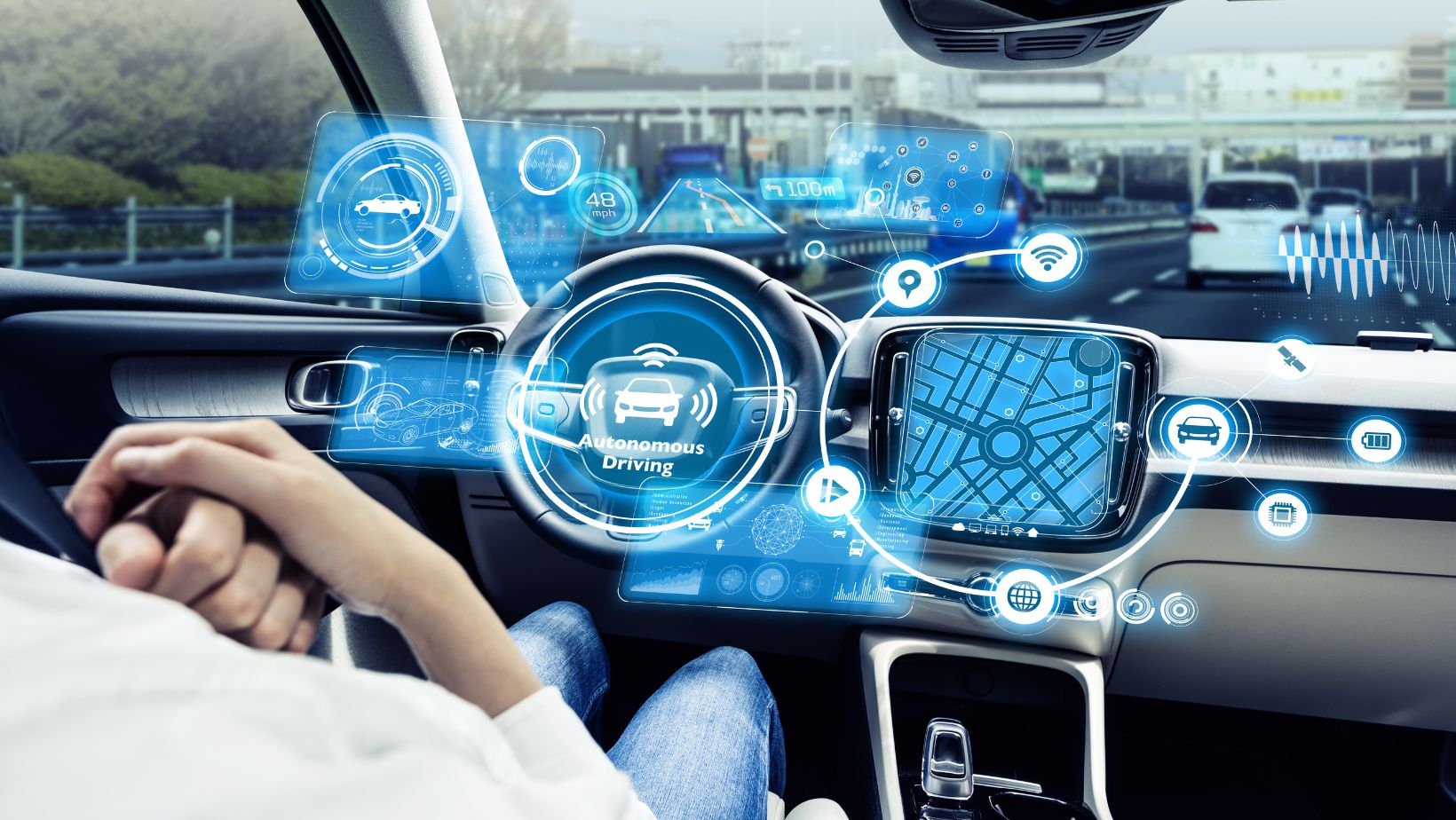Table of Contents
Toggle- Introduction
- The Role of Vehicle Identification Numbers in Modern Car Technology
- Advanced Safety Features and Driver Assistance Systems
- The Evolution of Electric and Hybrid Vehicles
- Connectivity and Infotainment Systems
- Autonomous Driving: The Future of Transportation
- Telematics: The Power of Data in Modern Cars
- The Impact of 3D Printing in Automotive Manufacturing
- Cybersecurity in the Automotive Industry
- Conclusion
 Introduction
Introduction
The automotive industry has undergone a significant transformation in the past few decades, largely driven by advancements in technology. Today, cars are not just vehicles for transportation; they are sophisticated machines equipped with cutting-edge technology aimed at enhancing safety, efficiency, and user experience. This article explores how technology is reshaping the automotive world and what this means for drivers and the industry at large.
The Role of Vehicle Identification Numbers in Modern Car Technology
A crucial aspect of understanding a car’s technology lies in its Vehicle Identification Number (VIN). Your car’s VIN is more than just a series of random characters; it’s a unique code that provides valuable information about the car’s history, specifications, and manufacturing details. This information is essential in the era of advanced technology, as it helps owners, buyers, and mechanics understand the specific technologies and systems incorporated in the vehicle. Additionally, the VIN can be used to track recalls, warranties, and registrations, making it a vital tool for ensuring that your vehicle remains safe and up-to-date with all necessary services and updates.
Advanced Safety Features and Driver Assistance Systems
Modern cars are equipped with an array of safety features and driver assistance systems that were unimaginable a few decades ago. Technologies like automatic emergency braking, adaptive cruise control, and lane-keeping assist are becoming standard in many models. These features use sensors, cameras, and radar technology to detect potential hazards and assist drivers in avoiding accidents. Beyond these, newer cars are also implementing systems like drowsiness detection and blind-spot monitoring, further enhancing driver safety and reducing the likelihood of accidents caused by human error.
The Evolution of Electric and Hybrid Vehicles
Electric and hybrid vehicles represent one of the most significant technological advancements in the automotive industry. With the growing concern for the environment, these vehicles offer an eco-friendly alternative to traditional gasoline-powered cars.

They are equipped with advanced battery technologies, regenerative braking systems, and sophisticated power management systems that improve efficiency and reduce emissions, with battery analytics playing a crucial role in optimizing performance and longevity. The development of fast-charging infrastructure and longer-range batteries are also making these vehicles more practical and appealing to a broader audience, signifying a significant shift towards more sustainable driving solutions.
Connectivity and Infotainment Systems
The rise of connectivity and infotainment systems has transformed the in-car experience. Modern vehicles offer features like touchscreen displays, voice recognition, and seamless smartphone integration. These systems provide access to navigation, traffic updates, music streaming, and more, making the driving experience more enjoyable and convenient. Furthermore, many cars are now equipped with Wi-Fi hotspots and advanced telematics systems, enabling remote diagnostics, real-time traffic information, and even the ability to control certain vehicle functions via a smartphone app.
Autonomous Driving: The Future of Transportation
Autonomous driving technology is perhaps the most groundbreaking development in the automotive sector. Self-driving cars, equipped with advanced sensors, artificial intelligence, and machine learning algorithms, are set to revolutionize the way we think about transportation. While fully autonomous vehicles are still in the development stage, many cars today offer semi-autonomous features like self-parking and adaptive cruise control. The potential benefits of fully autonomous vehicles include reduced traffic congestion, lower accident rates, increased mobility for those unable to drive, and a significant change in the design and use of urban spaces, heralding a new era in personal and public transportation.
Telematics: The Power of Data in Modern Cars
Telematics systems play a crucial role in modern vehicles, collecting and transmitting data on vehicle usage, performance, and maintenance needs. This technology enables features like remote diagnostics, real-time location tracking, and predictive maintenance alerts. Telematics data is invaluable for fleet management, improving safety, and enhancing the overall driving experience, while fleet reporting software further facilitates comprehensive analysis and decision-making for optimized operations.

Furthermore, this data can be used to tailor insurance rates based on driving behavior, offer personalized maintenance recommendations, and even assist in traffic management and city planning. The integration of telematics with smart city infrastructures is paving the way for more efficient and safer urban mobility solutions.
The Impact of 3D Printing in Automotive Manufacturing
3D printing technology is revolutionizing the automotive manufacturing process. It allows for the rapid prototyping of parts, customization, and on-demand production, reducing costs and lead times. This technology is particularly beneficial in creating complex and lightweight components, contributing to improved vehicle performance and efficiency. Beyond manufacturing, 3D printing is enabling greater design flexibility, allowing for the creation of parts that are difficult or impossible to make with traditional manufacturing methods. This innovation not only drives efficiency but also opens up new possibilities for vehicle customization and design aesthetics.
Cybersecurity in the Automotive Industry
As cars become more connected, the importance of cybersecurity in the automotive industry cannot be overstated. Manufacturers are investing in advanced cybersecurity measures to protect vehicles from hacking and unauthorized access. This includes secure software, regular updates, and encryption technologies to safeguard the car’s systems and data. The challenge lies in staying ahead of cyber threats as they evolve. Therefore, the industry is also focusing on developing robust cybersecurity frameworks and collaborating with technology companies to ensure the highest security standards for connected and autonomous vehicles.
Conclusion
The integration of technology in automobiles is rapidly changing the landscape of the automotive industry. From advanced safety features to electric vehicles and autonomous driving, technology is making cars safer, more efficient, and more enjoyable to drive. As we look to the future, the continued evolution of automotive technologies promises even greater advancements, reshaping our relationship with cars and transportation. In this era of technological innovation, understanding your vehicle’s technology, starting with your car’s VIN is more important than ever. This journey towards a technologically advanced automotive future is not just about enhancing the driving experience; it is also about contributing to a safer, more sustainable, and interconnected world where cars play a pivotal role in our daily lives and broader societal goals.






